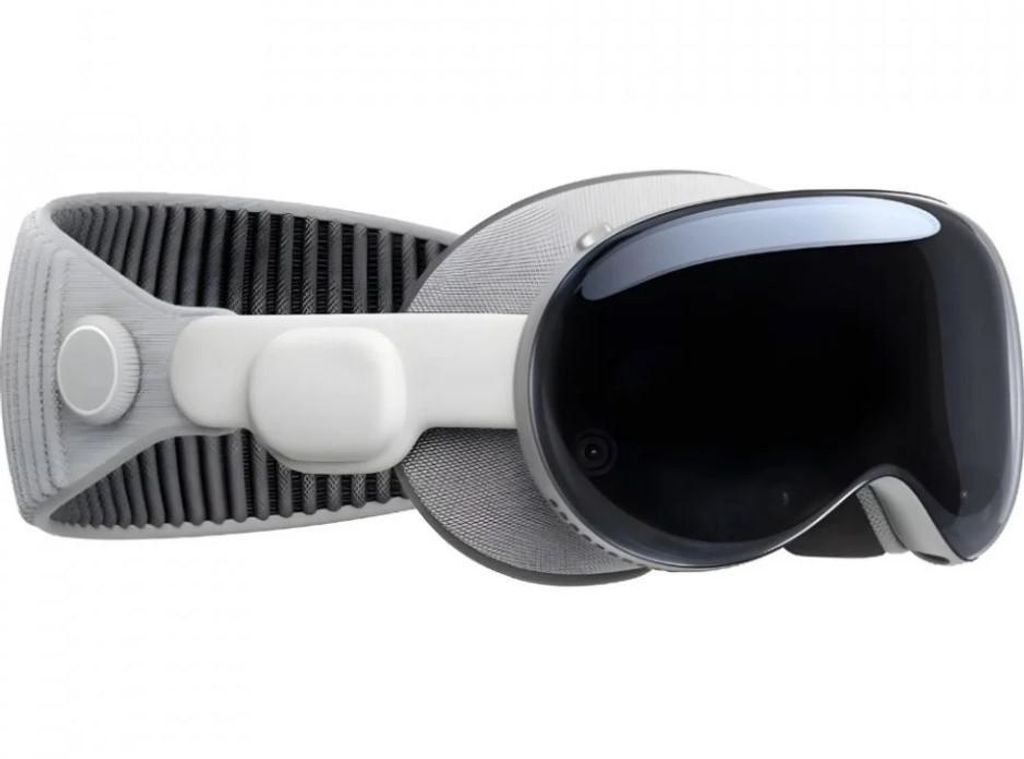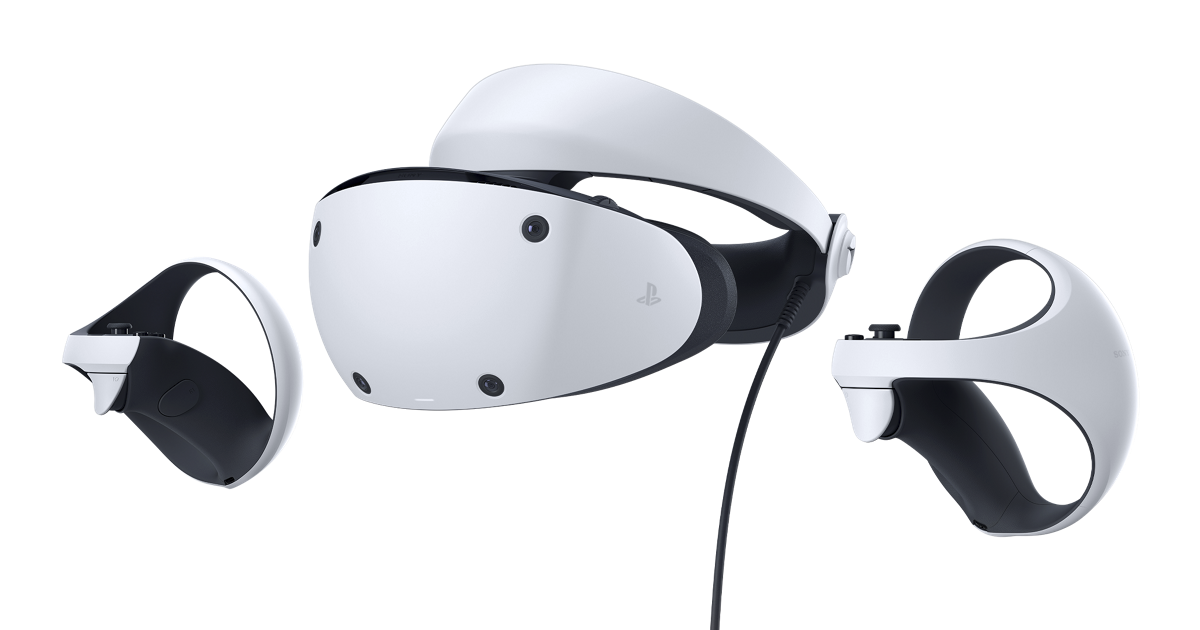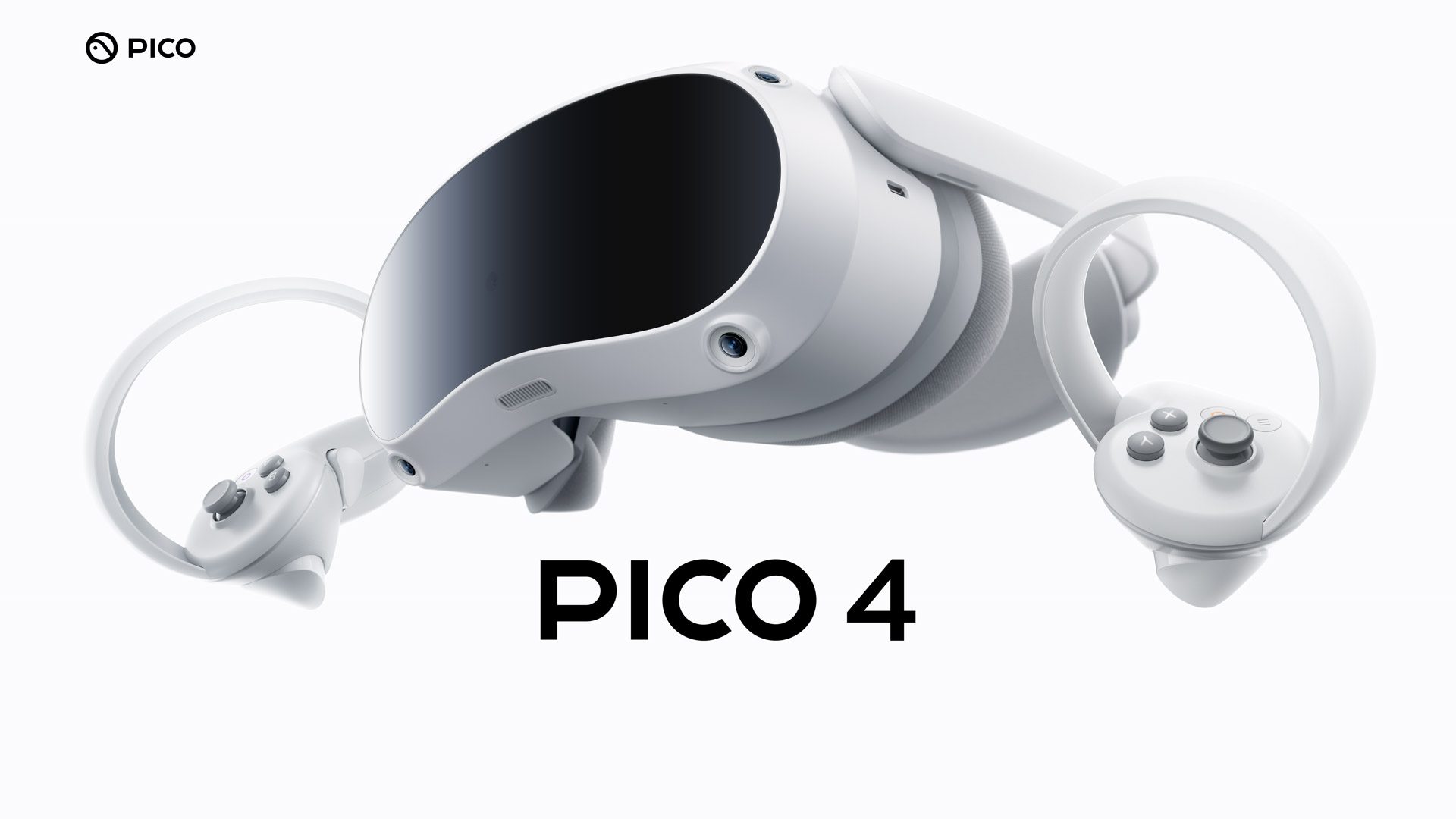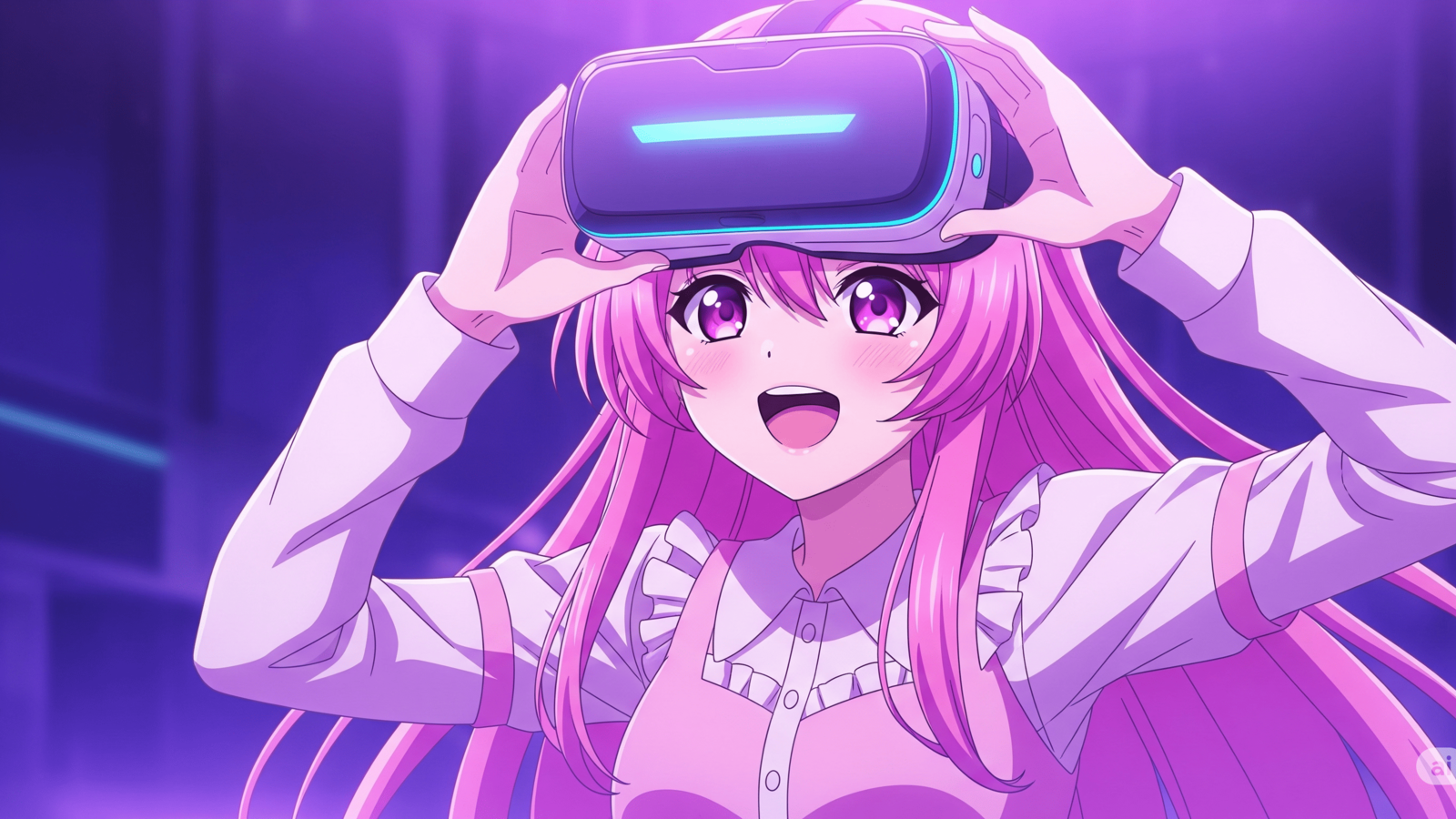Virtual reality is no longer a futuristic dream—it’s a mature, diverse, and incredibly immersive platform for gaming, productivity, and social connection. But as the technology has evolved, so has the market. Choosing the right headset in 2025 can be daunting, with options ranging from affordable standalone devices to ultra-premium spatial computers.
Whether you’re a hardcore gamer, a productivity enthusiast, or just VR-curious, this guide will break down the absolute best VR headsets available right now, helping you find the perfect portal to your next digital reality.
1. Meta Quest 3 – The Best Overall VR Headset

Best for: Everyone – from beginners to seasoned VR users looking for the best value and largest library.
The Meta Quest 3 has solidified its position as the undisputed king of consumer VR. By perfecting the standalone formula and adding powerful mixed-reality (MR) capabilities, it offers a complete package at a price point that remains accessible. Its hardware, a significant leap from the Quest 2, is now fully supported by a mature and massive library of games and applications.
Key Specifications:
- Type: Standalone (with optional PC VR via Quest Link)
- Display: 4K+ Infinite Display (2064×2208 per eye) LCD
- Refresh Rate: 90Hz, 120Hz (experimental)
- Processor: Snapdragon XR2 Gen 2
- Tracking: Inside-out (no external sensors needed)
Pros:
- Unbeatable Library: Access to the largest and most diverse collection of VR games and apps.
- Excellent Mixed Reality: Full-color passthrough makes it a genuinely useful MR device.
- No PC or Console Needed: The freedom of untethered, standalone VR is its greatest strength.
Cons:
- Battery Life: Still a limiting factor, typically lasting around 2 hours.
- Processing Power: While powerful, it can’t match the graphical fidelity of high-end PC VR.
2. Apple Vision Pro – The Best for Productivity & Spatial Computing

Best for: Professionals, creators, and Apple enthusiasts for whom money is no object.
A year after its groundbreaking launch, the Apple Vision Pro remains in a class of its own. It was never meant to be just a gaming device; it’s a “spatial computer.” For productivity tasks, its ultra-high-resolution displays and intuitive hand-and-eye tracking are unmatched. By mid-2025, its ecosystem of dedicated apps has grown, making it a truly powerful tool.
Key Specifications:
- Type: Standalone Spatial Computer
- Display: Micro-OLED, over 4K per eye
- Processor: Apple M2 and R1 chips
- Tracking: Advanced inside-out with hand and eye tracking
Pros:
- Stunning Display Clarity: The best visual fidelity of any standalone device.
- Revolutionary Interface: Hand and eye tracking feels like magic.
- Seamless Apple Ecosystem Integration: Works flawlessly with Macs, iPhones, and iPads.
Cons:
- Prohibitive Cost: Its price tag keeps it out of reach for most consumers.
- External Battery Pack: Requires a tethered, wired battery pack.
3. Sony PlayStation VR2 – The Best for Console Gamers

Best for: PlayStation 5 owners who want high-end, exclusive VR gaming experiences.
The PSVR2 is the undisputed champion of console-based VR. Leveraging the power of the PlayStation 5, it delivers breathtaking visuals thanks to its stunning OLED displays, eye-tracking for foveated rendering, and haptic feedback in both the headset and controllers. It’s built for gamers from the ground up.
Key Specifications:
- Type: Tethered (requires PlayStation 5)
- Display: 4K HDR OLED (2000×2040 per eye)
- Refresh Rate: 90Hz, 120Hz
- Tracking: Inside-out with eye tracking
Pros:
- Incredible Visuals: Deep blacks and vibrant colors thanks to the OLED HDR display.
- Deep Immersion: Haptics in the headset and controllers add a unique layer of physical feedback.
* **Exclusive Games:** Home to major exclusives like *Horizon Call of the Mountain*.
Cons:
- Requires a PS5: The cost of entry is a PS5 console plus the headset itself.
- Wired Experience: The single cable is manageable but still a tether.
4. Pimax Crystal – The Best for PC VR Enthusiasts & Simulators

Best for: Hardcore PC VR users, sim racers, and flight simulator pilots who demand the absolute highest visual clarity.
For those with a powerful PC, the Pimax Crystal is the king of clarity. Its standout feature is its use of glass aspheric lenses, which, combined with its absurdly high resolution, provides an edge-to-edge sharpness that eliminates distortions common in other headsets. For sitting in a virtual cockpit, the experience is second to none.
Key Specifications:
- Type: PC VR (Tethered)
- Display: QLED + Mini-LED (2880×2880 per eye)
- Lenses: Aspheric Glass Lenses
- Tracking: Inside-out with optional SteamVR faceplate
Pros:
- Unrivaled Image Clarity: The combination of resolution and glass lenses provides the clearest picture in VR.
- Wide Field of View: Offers a wide, immersive view.
Cons:
- Requires a High-End PC: You need a top-tier graphics card to run it properly.
- Heavy and Bulky: It’s less comfortable for active gaming.
5. Pico 5 – The Best Standalone Alternative

Best for: Users looking for a high-quality standalone headset outside the Meta ecosystem, often with a focus on comfort.
Pico continues to be Meta’s most direct competitor. The expected Pico 5 builds on the success of its predecessor by offering competitive specs and a comfortable, balanced design. While its game library isn’t as vast as Meta’s, it provides a compelling alternative for those wary of Meta’s dominance and often excels at PC VR streaming.
Key Specifications:
- Type: Standalone (with PC VR streaming)
- Display: High-resolution LCD (expected >2K per eye)
- Processor: Snapdragon XR2 series
- Tracking: Inside-out
Pros:
- Excellent Comfort & Ergonomics: Pico often prioritizes a balanced design with the battery at the back.
- Open Platform: A more open Android ecosystem appeals to some developers and users.
Cons:
- Smaller Standalone Library: The biggest drawback remains the number of big-name titles compared to Quest.
Conclusion
The VR landscape of 2025 is richer and more exciting than ever. Your perfect choice truly depends on your priorities. For an all-in-one package, the Meta Quest 3 is the champion. If you’re a dedicated PS5 gamer, the PSVR2 offers unmatched immersion. For professionals with deep pockets, the Apple Vision Pro is a glimpse into the future. And for PC purists, the Pimax Crystal delivers breathtaking visual fidelity. The choice is yours—your virtual world awaits.
